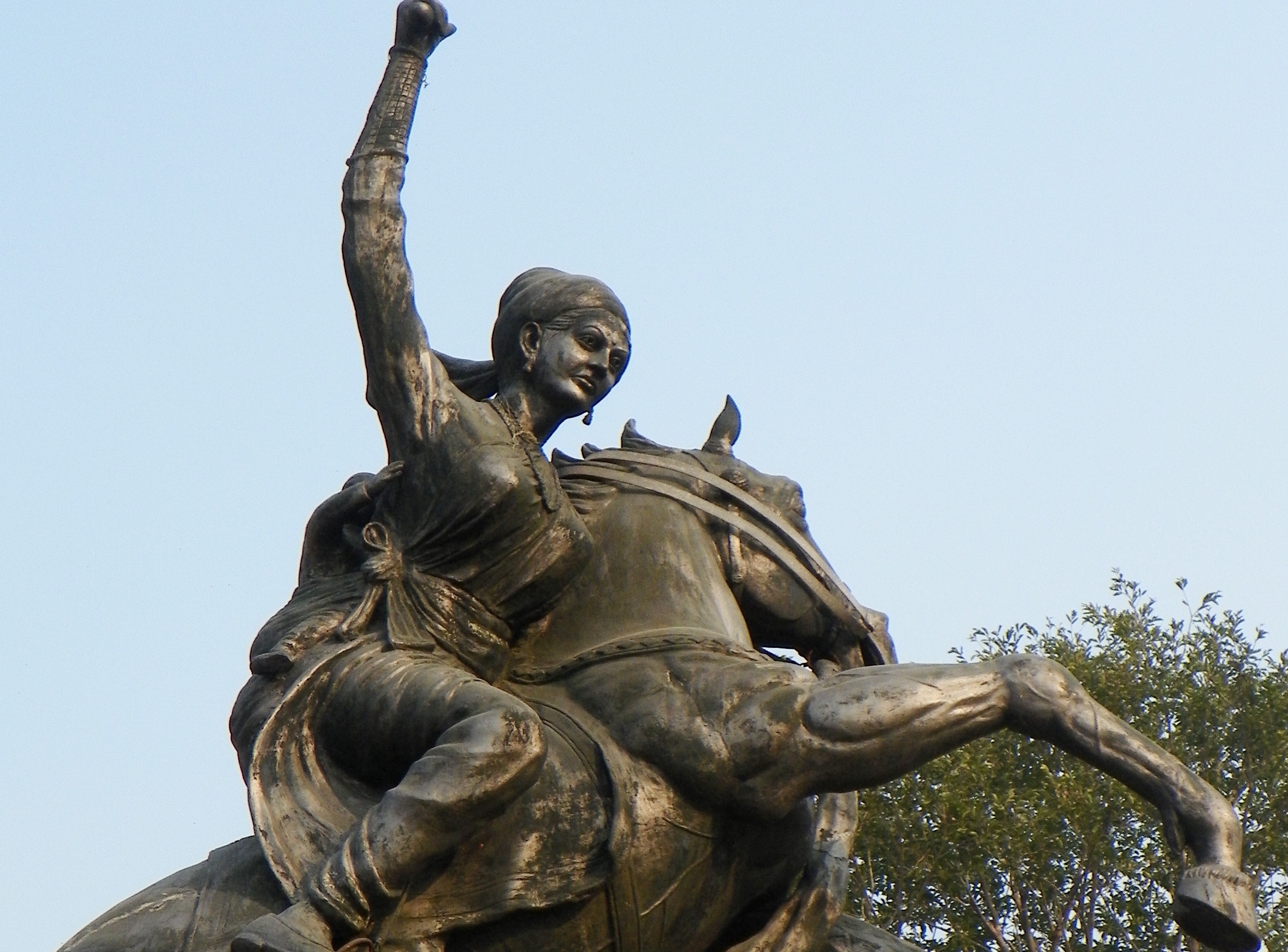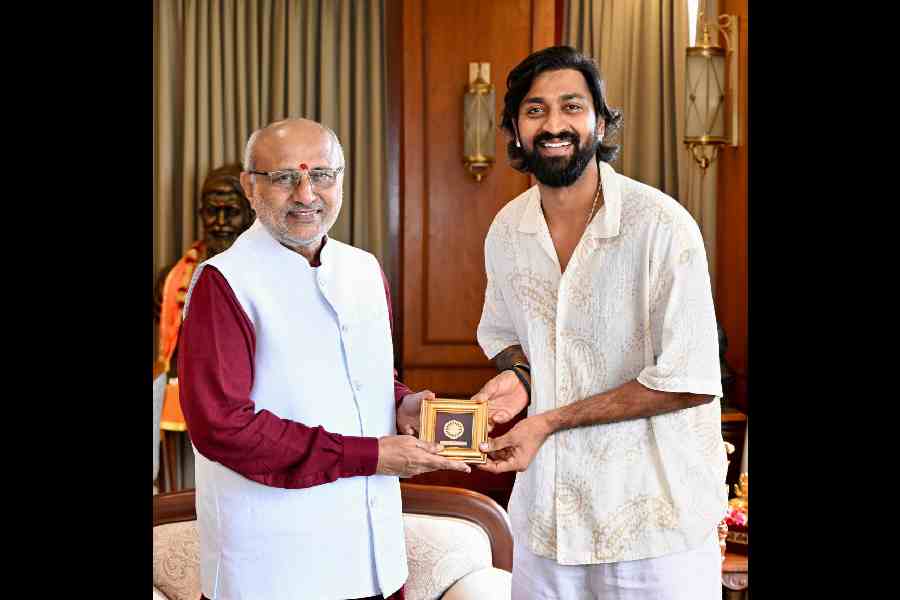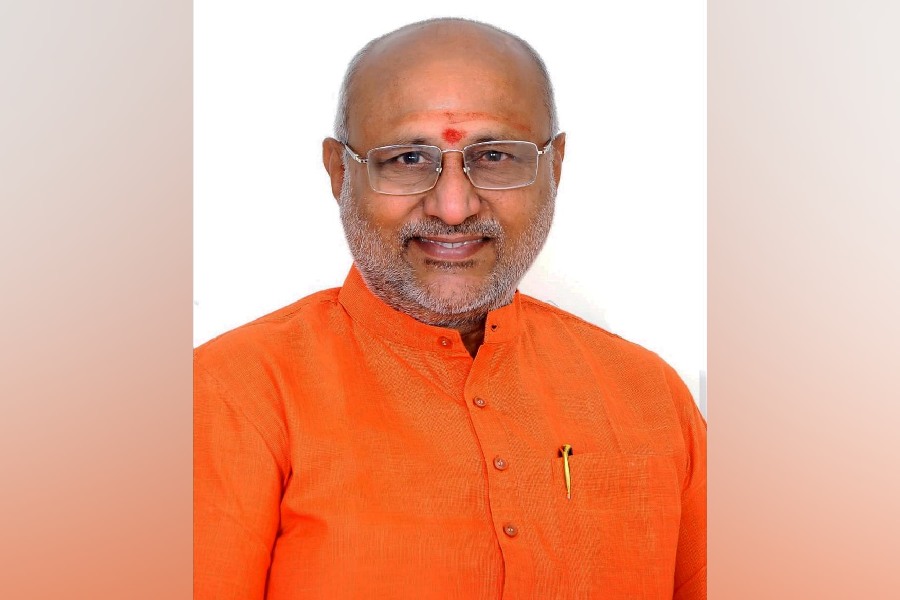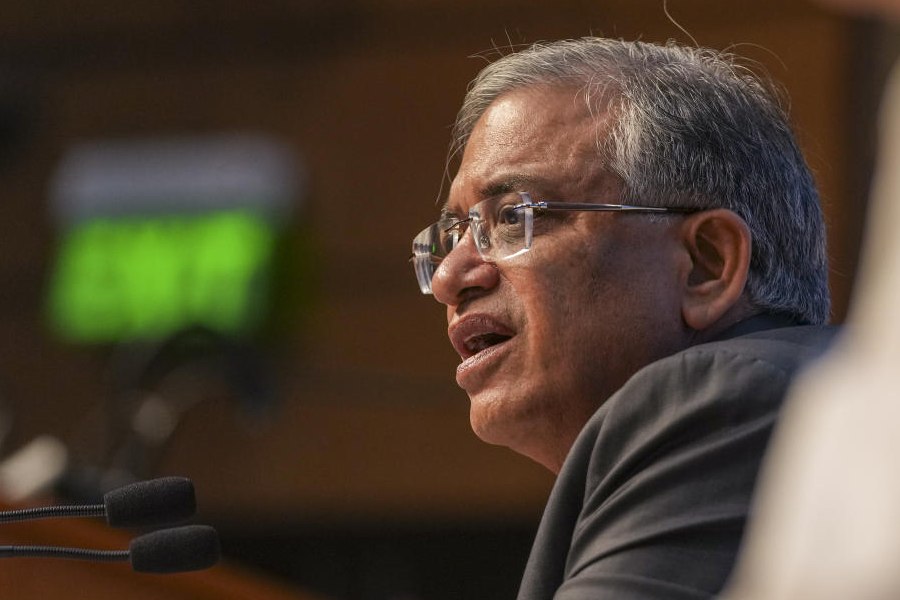Real revolutions tend to cut across previously drawn lines. They take down villains as well as figures previously deemed to be good, decent people. Equally, unplanned upheavals that lead to genuine change are not always spearheaded by heroes; just as their targets are mixed, the ones leading the charge may not all be good people; revolutions can be led, or partially led, by charlatans and manipulators; nasty, dishonest types could be pulling in the same direction as the most honourable people, sometimes with no foreknowledge of their co-revolutionaries’ actions.
One can look at #MeToo as a monolithic, homogeneous ‘movement’, or one can see it, perhaps more accurately, as an overlapping of different upsurges to do with gender equality that have come to the boil at the same time.
To start with, you have in India a majority of under-25s. The spread of the internet and mobiles has provided contradictory pulls on this population. On the one hand, there is the easy availability of porn in a society that continues to be grossly repressive on sexual matters; on the other hand, the internet widens the horizons for more and more girls and young women, inspiring them to break old boundaries and reach for a more adventurous and fulfilling life. What the internet and social media also do are complicate the old definitions of love, relationships and sexuality; on the one hand, you have panicky, murderous khap panchayats, on the other you have taboos slowly dissolving in the acid of time.
India remains one of the most misogynistic societies in the world where male chauvinism, structurally hard-wired over millennia, has proven particularly difficult to dislodge. In South Asia, rape — both inside and outside the family — is an age-old, widespread sickness, a disease that can be said to have been protected and cultivated, even as its presence is put to constant use in curtailing women’s freedoms. This hard-wiring is now, thankfully, under different kinds of challenge but it’s fighting back, as hard-wiring tends to do. We have no choice but to look at the uproar around sexual harassment as a phenomenon, a practice, that sits embedded in this world champion phallocratic, rape-celebrating culture of ours.
It is tricky, therefore, to lay down any sort of timeline that leads to the recent sexual harassment/assault upheaval. Do we start with the Tejpal case in November 2013? Can we ignore the huge outrage caused by the brutal rape and murder of Jyoti Singh the preceding December which had such an impact on rape laws in India and how rape was defined in people’s minds? What about the Mahmood Farooqui case? Do we treat it as a one-off or as twinned with the Tejpal case? Or can we see some sort of connection between the Droit du seigneur assumed by the actor-academic and the one assumed by the men who raped, tortured and killed little Asifa Bano in Kathua?
Somewhat westernized Indian men who grew up in the 1950s and 1960s had as models Shammi Kapoor and the Playboy magazine. At some point, a twin objectification of the female body would have begun to take hold of this male imagination, the ‘available’ foreign (white, American) woman and the slightly more ‘difficult to seduce’ Indian woman. As this Indian man rose, there would perhaps have been the intoxication that the Playboy model could be overlaid on any woman subordinate to himself. Think of the image of the sophisticated ladies’ man in a bathrobe welcoming his intended seducee into a plush bedroom with a drink. Now imagine this bathrobe passing from Hugh Hefner, whose trademark it was, to Donald Trump to Indian men.
For males from a similar background of the next generation, who grew up in the 1970s and 1980s, there were Playboy and Penthouse, with ideas of homegrown virility transmitted by Amitabh Bachchan, Dharmendra and Vinod Khanna, plus a more ‘daring’ Hollywood and easier availability of porn on VHS and so forth. Again, the imagination was steered towards notions of ‘seducing’ women, notions which were perilously close to coercion and, with the imbibing of enough drink or power, would, in fact, trip over into forcing yourself on someone. The idea that seduction could be mutual, a game played out between two equal participants, was one that many men completely lost sight of; they had no use for this notion with its great potential for not leading to a ‘score’. Lip service was given to consensuality, its flag waved publicly, but in private the deal was often far more brutal.
One of the things that has surprised me in the recent ‘outing’ of various men is that in at least two cases I found myself wondering why should these men need to force themselves on their subordinates? Yet there’s irrefutable evidence that they did. One must conclude that it’s the exercise of power that provides the satisfaction rather than just plain old consensual sex.
So, on the one side, we have a diverse group of men who may have committed sexual misdemeanours ranging from inappropriate speech to actual rape. Of these, many of the ones who are nailed without doubt are men generally in a hurry, who have no time for the niceties of boundaries across all areas of life. It comes as no surprise then that they are now faced with a fairly diverse group of accusers, a minuscule minority of which also likes to cut corners in terms of procedure, evidence, exaggeration or just straightforward fabrication. But for every woman with some dodgy motive, there seem to be twenty whose accusations are truthful.
In what has become a multi-cornered firefight, the first wave of accusations came from younger women, with older feminists reluctant to accept anonymous accusations or vague descriptions. A lot of the second wave of outings has come from older women who were in their twenties in the 1990s and 2000s. These women have identified themselves and provided detailed descriptions of what they were put through and by whom. Not that isolated incidents don’t matter, but the accusations accrue the weight of truth most quickly when a pattern emerges of similar acts committed by the same man, of similar methods, and a consistent contempt towards women unconnected to one another, across time and location.
I know several of the men accused of different transgressions. As with the first wave of names, I’ve been surprised and dismayed by some of my friends appearing on the list, while there are other names which were expected. Ironies mount in a situation like this. A friend who is himself accused of sexual misconduct tells me he’s overjoyed that x and y have been outed. ‘High time those two b*****ds got their comeuppance!’ And yet, in the next sentence, he rails against people who readily accept that the principles of ‘innocent until proven guilty’ and irrefutable evidence must be put aside sometimes. On Facebook, there is a status asking for suggestions for good women therapists to help with the huge stress the women who’ve gone public are undergoing. I know of a very good person but there is no way I can suggest her name. One of the most strident flag-bearers of the ‘movement’, a great fan of the short-circuit, now finds her partner’s name on the list.
In a real revolution, all kinds of people get caught in the crossfire: the guilty, the innocent and the half-and-half. But that doesn’t make it any less of a revolution. More than the Harvey Weinstein scandal, more than the potential outrage about Kavanaugh, I think what we are witnessing in India is the beginning of a huge change towards the dismantling of male privilege. It’s a change that should cut across political lines, across the traditional divide between conservative and liberal, and, eventually, hopefully, across caste and class.










